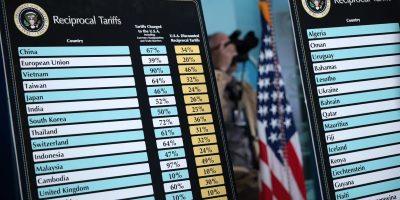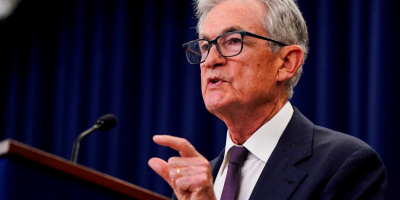The Federal Open Market Committee (FOMC) is expected to cut interest rates again at its meeting on October 29. If this happens, the Federal Funds rate will fall to 3.75 – 4%.
The fact that fixed income markets are expecting a cut or more in 2025 was generally forecast in the FOMC’s Summary of Economic Projections from September. Labor market data has been weak in recent months, and inflation, while above the FOMC’s 2% annual target, appears to be under control. This means the FOMC will likely be inclined to cut rates to help manage potential risks to the labor market.

Calls for lower interest rates from some policymakers
Three FOMC members, notably Waller, Miran, and Bowman, have been particularly vocal in their support for future rate cuts.
Christopher Waller has made several speeches outlining his views on rate cuts. “I expect further rate cuts in the next three to six months, and the pace of cuts will be driven by the incoming data,” he said. Although the remarks were made at an event in Miami on August 28, before the most recent FOMC meeting, there was no indication that Waller’s views had changed significantly.
Newly appointed FOMC chair Stephen Miran has taken a very dovish stance, calling for short-term interest rates to be closer to 2% in a recent speech in New York. However, despite his academic arguments, this seems to be entirely in line with President Trump’s call for lower interest rates, as the President recently nominated Miran to the FOMC.
And Michelle Bowman said in New York on September 26: “In my view, recent data, including revisions to payroll employment estimates, suggest that we are at serious risk of falling behind in addressing deteriorating labor market conditions.”
More nuanced views from other officials
Other members of the FOMC, however, have been more nuanced in their recent statements. For example, in his September 23 speech, Fed Chairman Jerome Powell said: “If we ease too much, we could abandon our inflation target and need to reverse course later to fully restore inflation to 2%. If we remain restrictive for too long, the labor market could weaken unnecessarily. When our goals are under strain, as they are now, our policy framework requires balancing both sides of our dual mandate.”
“I supported a 25 basis point cut to our target range at the most recent FOMC meeting. This change moves our policy rate closer to a neutral stance while maintaining a balanced approach to advancing our dual mandate objectives,” Philip Jefferson said on October 3.
Overall, it appears that some FOMC members see clear reasons for a rate cut, while others are less certain. However, the general view is that rates are likely to go lower.
Impact of the Government Shutdown
The government shutdown will not affect the Fed’s daily operations or its regular meetings to set interest rates, but government statistical reporting will be affected.
This means that the September jobs report was not released as scheduled on October 3, and other reports may be missed before the next FOMC meeting, depending on how long the government shutdown lasts. This is because economic reporting is considered a non-essential government function and does not operate during a government shutdown. Of course, policymakers have other data sources, such as private data releases and their own data sources and models, but the lack of certain data can complicate monetary decision-making.
What will happen?
The FOMC is likely to cut interest rates on October 29, but the extent of the cut remains unclear. The lack of some economic data due to the government shutdown has complicated the economic picture for policymakers.
















Leave a Reply